Last updated: March 8, 2025
Article
A Deadly Tumor-Causing Disease Joins the List of Perils for Endangered Sea Turtles
Padre Island National Seashore has worked for decades to preserve Kemp’s ridley sea turtles. A new viral disease now threatens them.
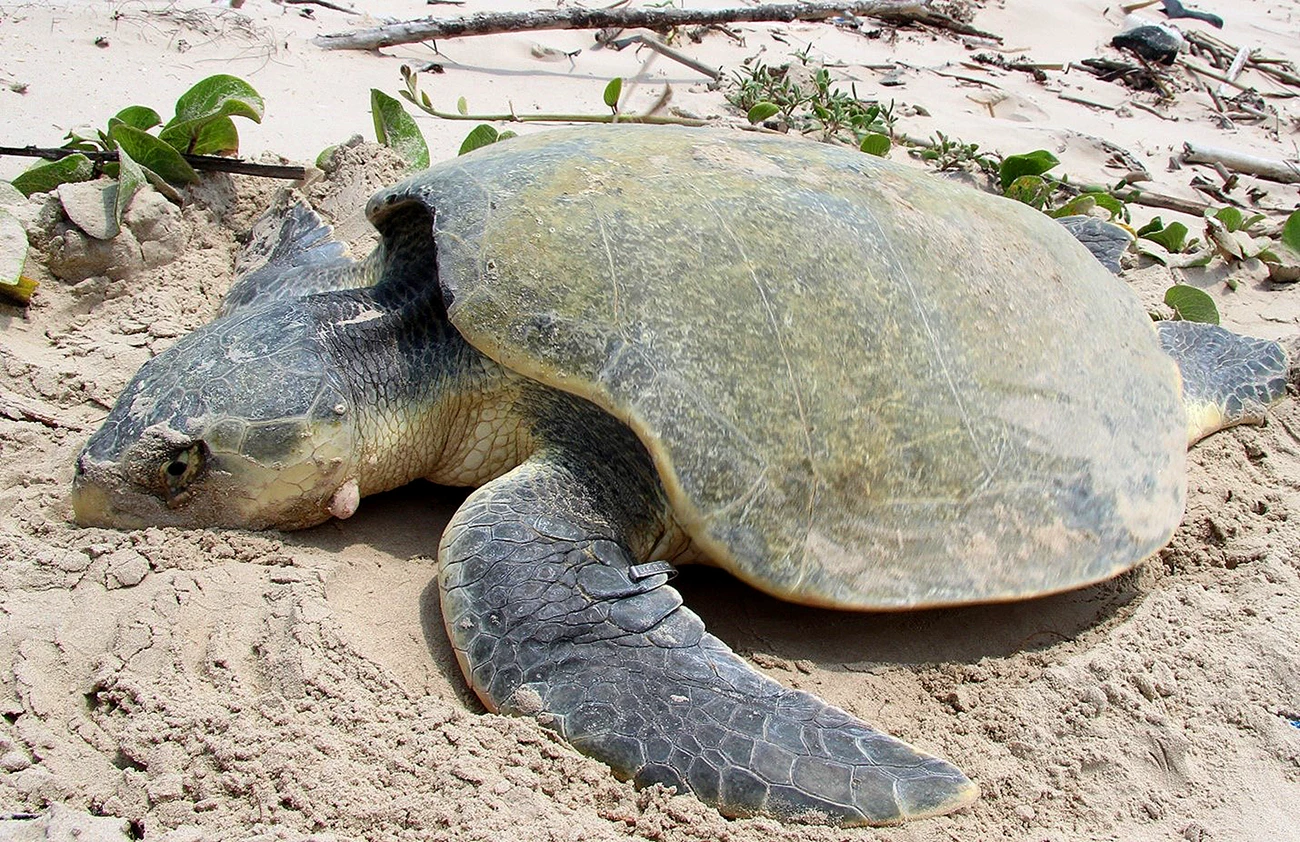
Image credit: NPS
An excited voice rings out over the radio, “I’ve found a nesting female at the 31 beach mile marker! She is digging her egg chamber at the base of the dunes.”
It’s 12:42 p.m. on May 13, 2022, and this is already a busy day for employees and volunteers with Padre Island National Seashore’s Division of Sea Turtle Science and Recovery. Kemp’s ridley turtles, the most critically endangered of the seven sea turtle species, have returned to the seashore to nest.
Kemp’s ridley turtles usually lay their eggs during daylight hours and like to crawl ashore to nest in groups called “arribadas,” which is Spanish for “arrivals by sea.” This is the ninth nest found this day at the park, but park staff are expecting more, hoping to beat the 2012 record of 31 nests documented in a single day. Documenting nests is but one task in the park’s globally crucial sea turtle research program, which works to protect these unique animals from extinction. A new viral disease called fibropapillomatosis now jeopardizes decades of work, exposing these animals to suffering and potentially premature death. But as the park’s dedicated scientists learn more about this disease, they help park managers develop strategies to combat it.
A Crucial Haven
Padre Island National Seashore has the longest undeveloped barrier island beach in the U.S. It provides nesting habitat for five threatened and endangered sea turtle species: Kemp’s ridley, green, loggerhead, hawksbill, and leatherback. Kemp's ridley turtles are the most frequent nesters, and green sea turtles are the most common turtle species in the park’s shallow, inshore waters.
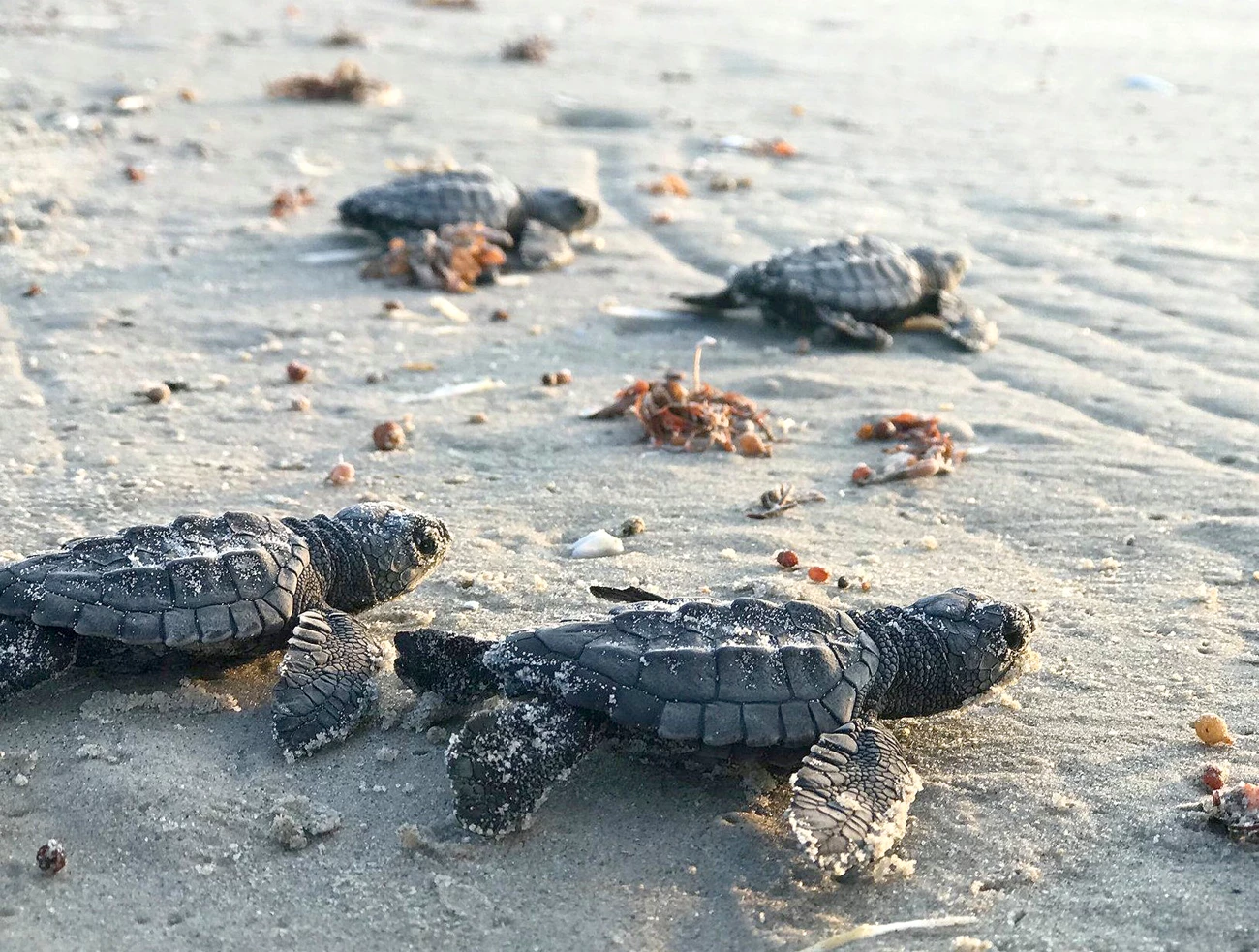
Image credit: NPS
The seashore hosts the most important Kemp's ridley nesting beach in the U.S. It has nearly 55 percent of all U.S. nests. It is also the most important nesting beach in Texas for green sea turtles, with 79 percent of the state’s nests. The Laguna Madre, a large, shallow, hypersaline bay that borders the national seashore, contains critically important habitat for juvenile green sea turtles. But poaching, overharvesting, incidental capture, and large cold-stunning events have historically decimated both species’ sea turtle populations in the western Gulf of Mexico.
At the main nesting beach in Rancho Nuevo, a 14-mile-long stretch of beach in Tamaulipas, Mexico, Kemp’s ridley turtles nest in substantial numbers. Each summer, they often construct more than ten thousand nests there. But this turtle species has had a difficult past. The number of documented nests decreased from an estimated 40,000 nests at Rancho Nuevo in a single day in 1947, to a low of only 702 nests worldwide in 1985. Scientists thought this decline was primarily due to threats at the Rancho Nuevo nesting beach, where people harvested eggs and killed nesting females in large numbers. Until we could protect the nesting females, the future for these animals remained in question.
A Buffer against Extinction
From 1978 to 1988, in response to this conservation emergency, Padre Island began re-establishing a secondary nesting colony by bringing Kemp’s ridley sea turtle eggs to Texas from Mexico. Sea turtles faithfully return to nest on the beaches where they hatched. When the turtle eggs hatched, the park hoped that as the hatchlings imprinted on the island’s sand, they would return to the area as adults to nest.
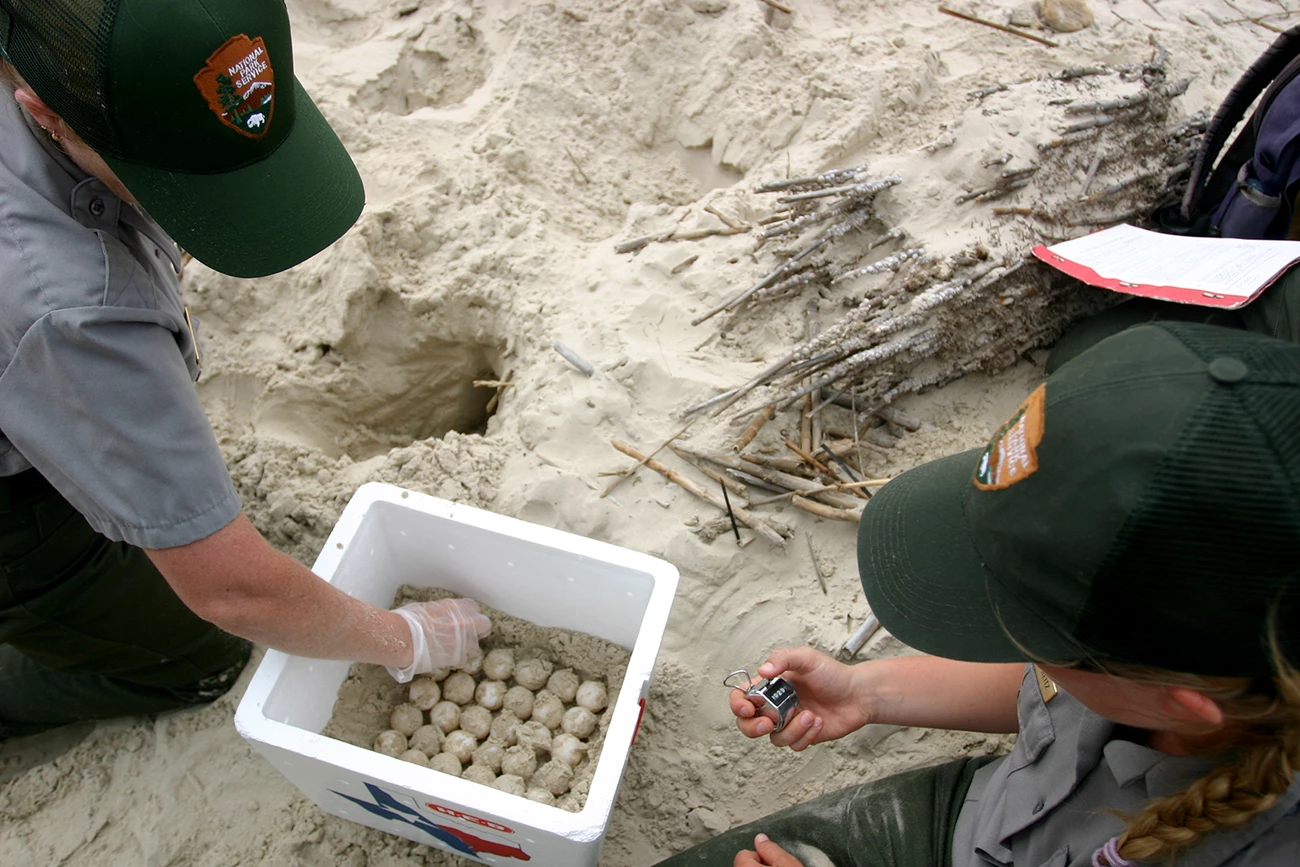
Image credit: NPS
Scientists believed the turtles would likely have a better chance of survival if they imprinted on the area that would soon become Padre Island National Seashore, because the seashore would be protected. Once hatched and allowed to crawl on the sand at Padre Island, the sea turtles were reared in a lab in Galveston, Texas, before being released offshore. The sea turtles were kept in the lab until they grew to a larger size to give them a head start on avoiding predators like fish, which eat the smaller turtles in large numbers.
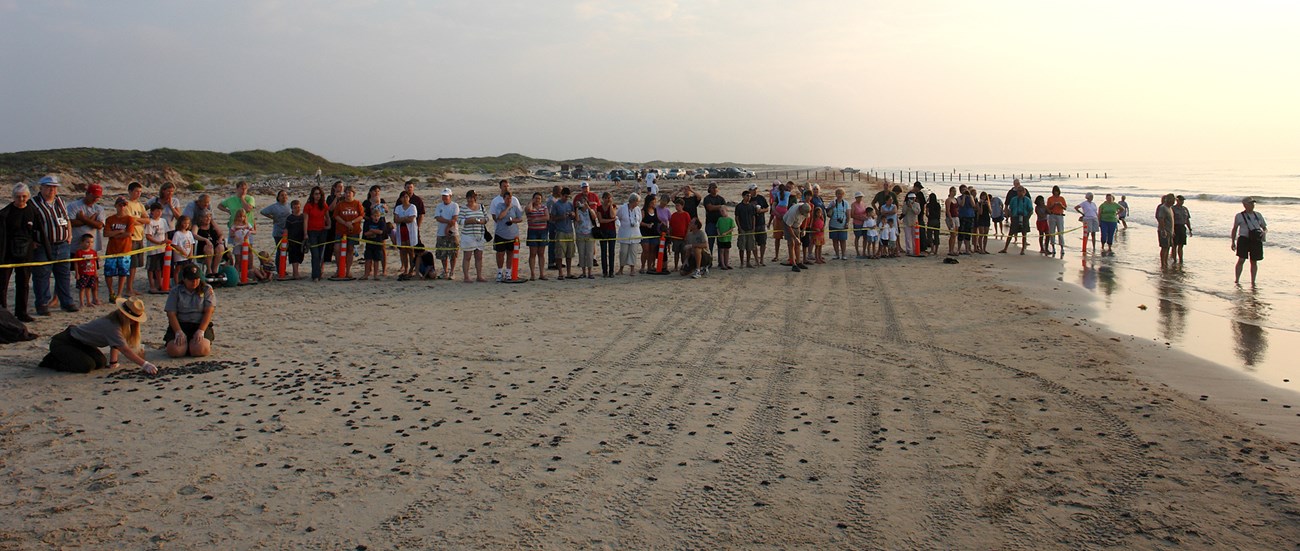
Image credit: NPS
Kemp’s ridley recovery work at Padre Island National Seashore has long centered on establishing a secondary nesting colony. This is one method of protecting these animals should a disaster threaten their main nesting beach in Mexico. Scientists viewed this as a way to avoid having all this species’ eggs in one “basket,” so to speak, which could be a recipe for extinction. Padre Island National Seashore thus became essential for the species’ survival.
The work Padre Island does to find, document, and protect nesting Kemp’s ridleys in Texas is “unique in the world.”
National Park Service wildlife biologist Donna Shaver has led the charge in the U.S. to protect this species during her 42-year career at the seashore. Her support of the bi-national Kemp’s Ridley program, begun in the 1970s, has made all the difference. “The Park Service has had a huge role in this project, and a lot of scientists were really worried the species could go extinct,” said Shaver. “Some even thought it was too late.” She said the work Padre Island does to find, document, and protect nesting Kemp’s ridleys in Texas is “unique in the world.”
Nesting numbers have stalled since 2010, but Shaver said Padre Island’s work may provide clues for why they haven’t increased. She knows the work they do in the park, especially tagging every encountered turtle and checking returning turtles for tags, isn’t possible at the main nesting beach in Rancho Nuevo. There are too many turtles nesting in large groups at Rancho Nuevo for the staff of Comisión Nacional de Áreas Naturales Protegidas—Mexico’s national park agency—to tag or examine them all.
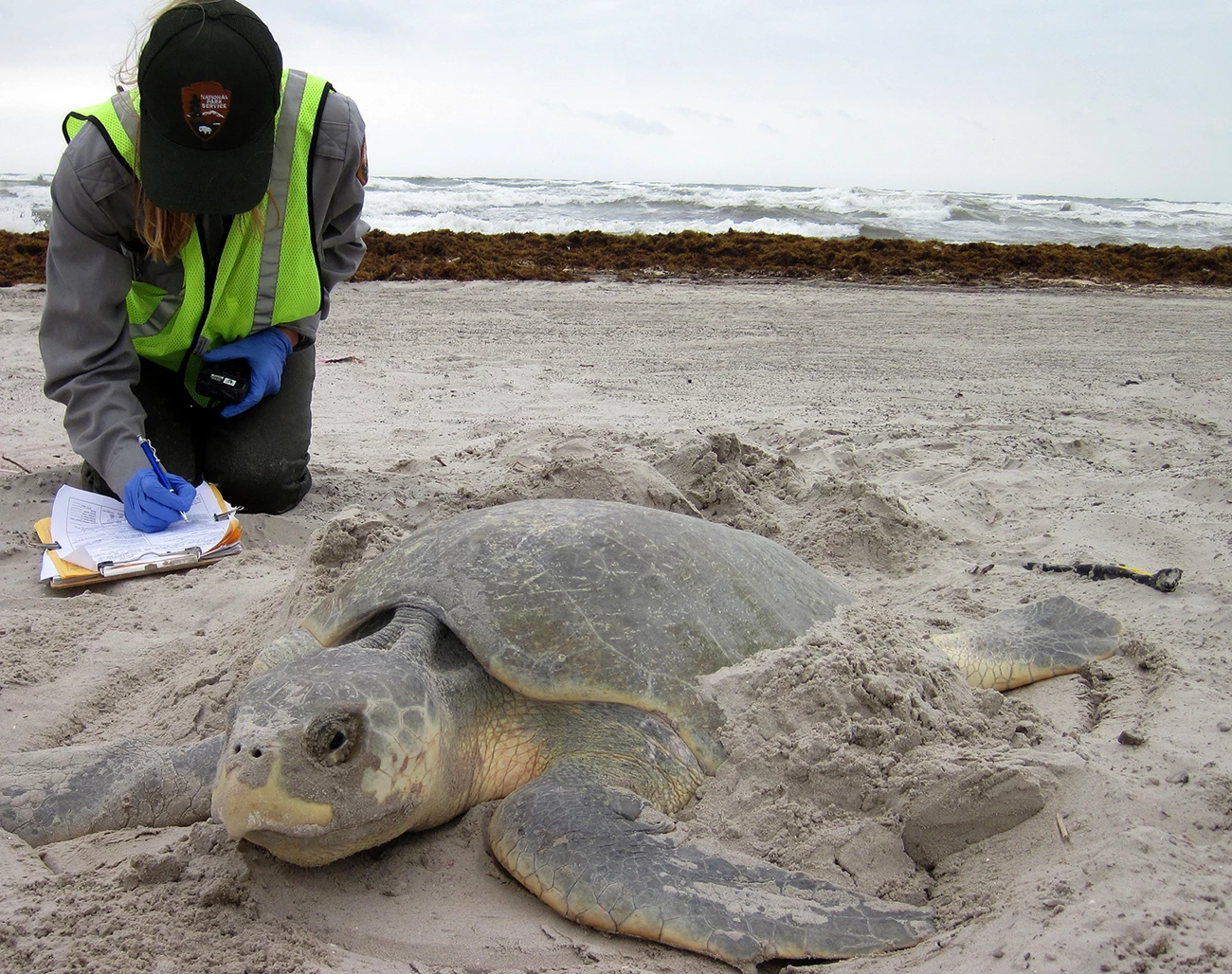
Image credit: NPS
Other Protections Are Also Important
To increase the nesting turtles’ chances of survival, government agencies in Texas and Mexico put in place other protections. These included monitoring the nesting turtles and relocating their nests to fenced corrals or laboratories when warranted. In 1966, the Mexican federal government implemented physical measures to prevent poaching of nesting females and eggs. In 1970, the U.S. listed the Kemp’s ridley as an endangered species. The U.S. Endangered Species Act of 1973, the Convention on International Trade in Endangered Species of Wild Fauna and Flora, and other regulations in Mexico gave the species further protections.
In 1978, U.S. agencies began protecting Kemp’s ridley nesting beaches. Turtle Excluder Devices and seasonal closures of state waters to shrimp trawling have also protected the turtles. The rigorous scientific data gathered over decades by dedicated researchers like Shaver and her staff helped bring about these protections.
A Devastating New Threat
Both Kemp’s ridley and green sea turtles are susceptible to the viral disease, fibropapillomatosis, also known as FP. Scientists think this disease is transmissible directly, through the water they inhabit, or through carriers like marine leeches. It causes skin, eye, and internal tumors that can be debilitating or fatal to sea turtles. The emergence and increasing frequency of this disease in juvenile green and adult Kemp’s ridley sea turtles jeopardizes the recovery of these imperiled species. Scientists have studied FP in green sea turtles for decades, but very little is known about the disease in Kemp’s ridleys.
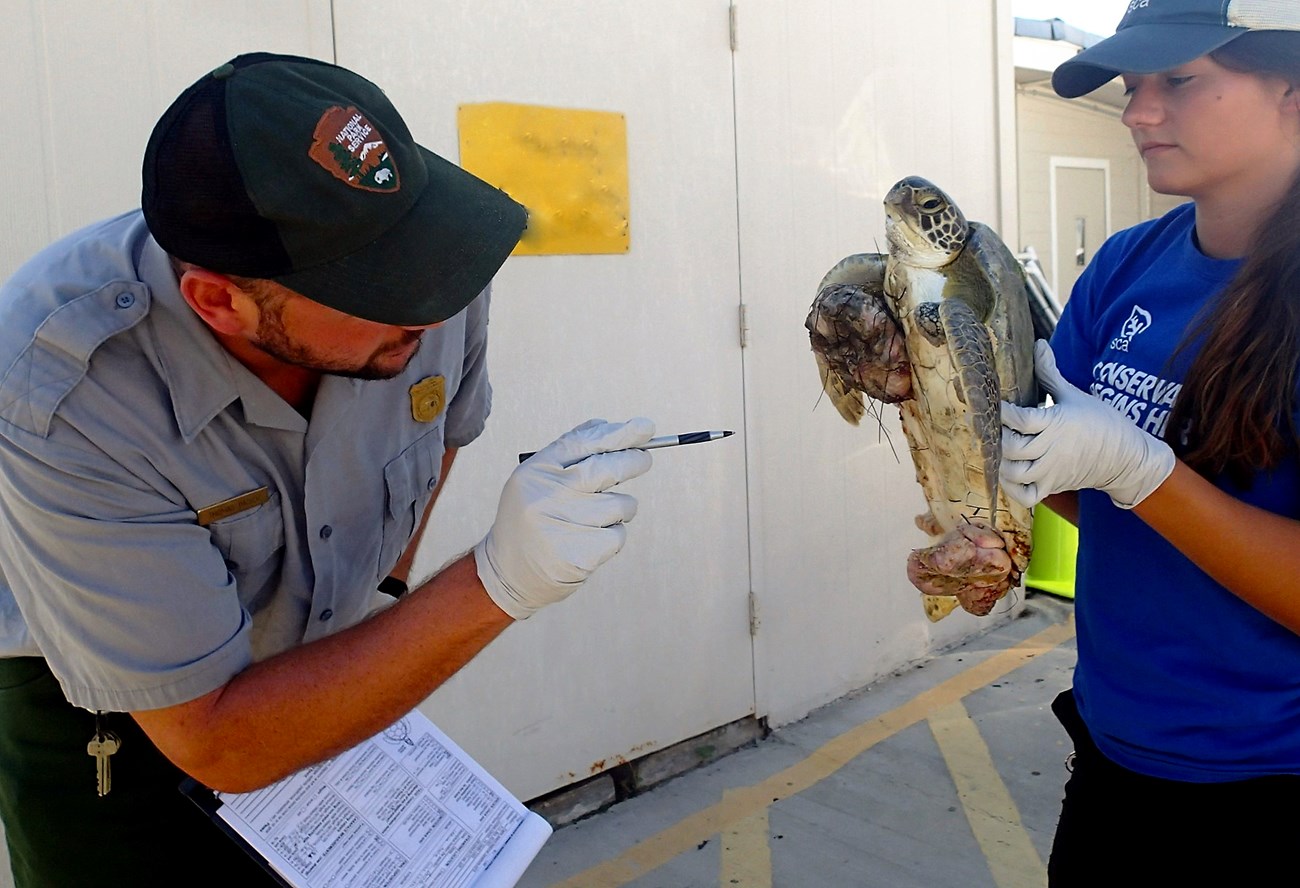
Image credit: NPS
Since 2015, FP has been increasing in green sea turtles at a rapid rate in Texas. This is most likely due to this population’s rapid increase, which can allow the disease to spread more quickly. From 2007 to 2020, park staff observed a growing number of Kemp’s ridley sea turtles with FP-like tumors at Padre Island. But biopsies of turtle tumors we sent for histopathology (microscopic) analysis showed that the tumors were not FP. We suspected that the disease found in green sea turtles varied in appearance and genetically from that in Kemp’s ridley. The tissue analyses used previously to detect FP in green turtles were not able to detect FP specific to Kemp’s ridley sea turtles.
Learning More About the Disease Is Essential
Infectious diseases can impede the recovery of an endangered species, and understanding how FP affects sea turtle populations is a global priority. Given the importance of the Padre Island population, investigating the health of the seashore’s Kemp’s ridley sea turtles is critical. Cynthia Page-Karjian is a professor and veterinarian at Florida Atlantic University's Harbor Branch Oceanographic Institute. In 2017, Shaver and other Padre Island biologists began collaborating with Page-Karjian to study FP tumors in Kemp’s ridley turtles. Using molecular biomarkers like genes and antibodies, Page-Karjian confirmed the tumors observed on Kemp’s ridley turtles were FP, a confirmation that was not previously possible using histopathology alone.
Padre Island’s preliminary data for the 2017 study aligns with previous observations that the virus associated with FP—chelonid alphaherpesvirus 5—is found in sea turtles, including Kemp’s ridley sea turtles, even when no tumors are visible. This is very important because it tells us each individual turtle should be treated as infectious during field research. This means sterilizing equipment that touches the turtles, wearing clean gloves when handling each turtle, and keeping individual turtles separated. The data also suggest that FP could be transmitted from infected juvenile green sea turtles that share nearshore waters with Kemp’s ridley sea turtles during the summer months at Padre Island.
The more we learn about the disease, the closer we are to preserving this species, which has been on planet Earth since the time of the dinosaurs.
A new study set to begin during the 2023 nesting season aims to determine whether some nesting Kemp’s ridley females have FP markers in their blood. Determining the prevalence of the disease in the nesting population is the first step to describing its impact. These FP markers have been found in “healthy” green and Kemp’s ridley sea turtles that do not have observable tumors. Testing positive for these biomarkers would indicate that the sea turtles were exposed to the viral disease and may be infected despite the lack of visible tumors. This complicates how we document the prevalence of this disease. Once the rate of exposure has been determined, resource managers can use new field techniques and collaborate with rehabilitation facilities to treat the turtles and fight the disease.
“Fibropapillomatosis could threaten the recovery of Kemp’s ridley sea turtles,” Page-Karjian said, “and additional investigation will help us determine the rate of infection.” Analyzing the health of the Kemp’s ridley sea turtles nesting at Padre Island National Seashore is thus critical for promoting the recovery of this species—something the National Park Service has prioritized for decades. There is no current strategy for eliminating FP from sea turtle populations. But the more we learn about the disease, the closer we are to preserving this species, which has been on planet Earth since the time of the dinosaurs.
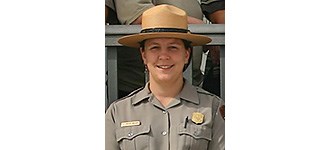
About the author
Jennifer Shelby Walker is a biological technician at Padre Island National Seashore. Image credit: NPS
